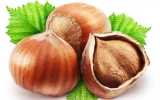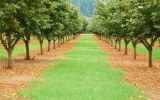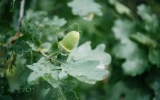Average Hazelnut Yield per Acre (What to Expect)
The average hazelnut yield per acre can vary depending on several factors, such as the variety of hazelnut trees, the age of the trees, weather conditions, and management practices. Since hazelnut trees are hardy, you can expect them to produce a significant yield per acre. In this article, we'll find out how many pounds of hazelnuts you can expect from a single acre.
An acre of hazelnut trees can have an average yield of around 2,000–3,000 pounds of nuts per acre. If sold at a wholesale price of roughly $2.50 to $3.50 per pound, your possible net income can be estimated at a minimum of $5,000 per acre.
Some hazelnut trees are more productive than others, and some are more resistant to diseases and pests. As you go through the rest of the article, you'll also find out the average yield per acre of different types of hazelnuts.
Summary
- The Barcelona and Ennis varieties are known for their resistance to Eastern Filbert Blight, reducing the need for chemical treatments and lowering the risk of crop loss due to this destructive disease.
- The Lewis and Jefferson varieties are renowned for their impressive yield potential, which is attributed to traits such as robust growth, adaptability to various climates and soil types, and resistance to Eastern Filbert Blight.
- Efficient soil preparation, unique irrigation techniques, and the use of pesticides and fungicides, along with considerations of climate, weather patterns, and soil pH, can significantly impact hazelnut yield per acre.
- The yield per tree and per acre increases as the trees mature, with mature trees capable of producing up to 22 pounds of nuts per year.
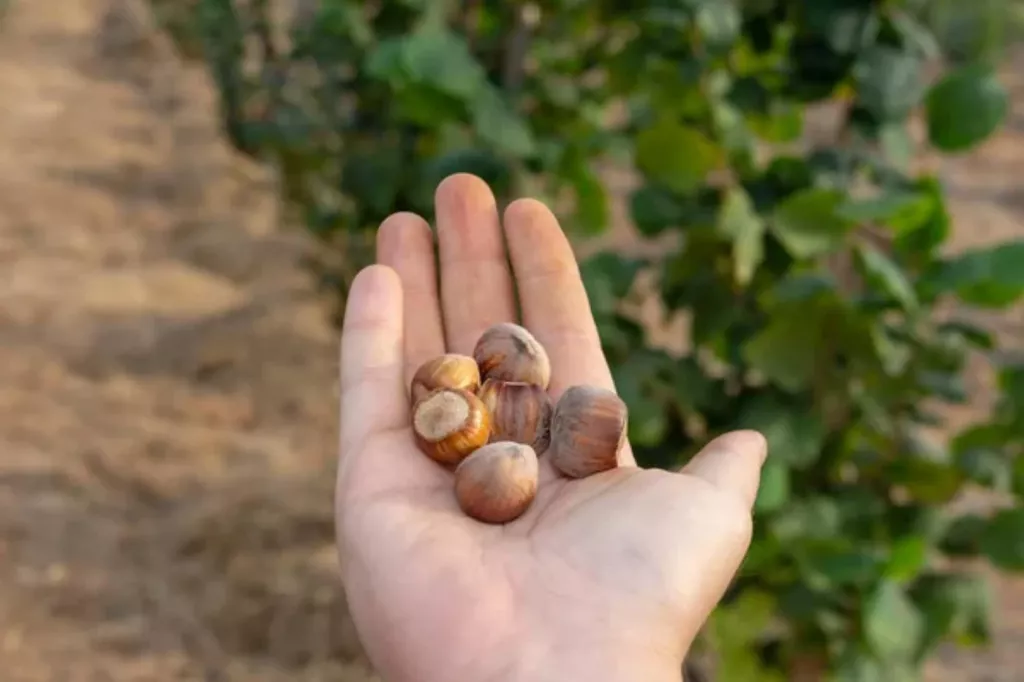
Average Hazelnut Yield per Acre Based on Variety
The table below shows the differences in average yield for different types of hazelnuts:
| Hazelnut Type | Estimated Yield per Acre |
|---|---|
| Barcelona | 2,000-3,000 lbs |
| Ennis | 2,000-3,000 lbs |
| Lewis | 2,500-3,500 lbs |
| Jefferson | 2,500-3,500 lbs |
| Tonda di Giffoni | 2,500-3,500 lbs |
On average, an acre of hazelnut trees can yield around 2,000 - 3,000 pounds of nuts. If sold at a wholesale price of roughly $2.50 - $3.50 per pound, your possible net income can be estimated at a minimum of $5,000 per acre.
The Barcelona variety is a disease-resistant variety
This type of hazelnut has an estimated yield of 2,000-3,000 lbs per acre. Barcelona hazelnuts are known for their rich flavor and are commonly used in confectionery and culinary applications.
The Barcelona hazelnut variety is particularly resistant to Eastern Filbert Blight (EFB), a fungal disease that can devastate hazelnut orchards. The resistance to EFB is a significant advantage for growers, as it reduces the need for chemical treatments and lowers the risk of crop loss due to this destructive disease.
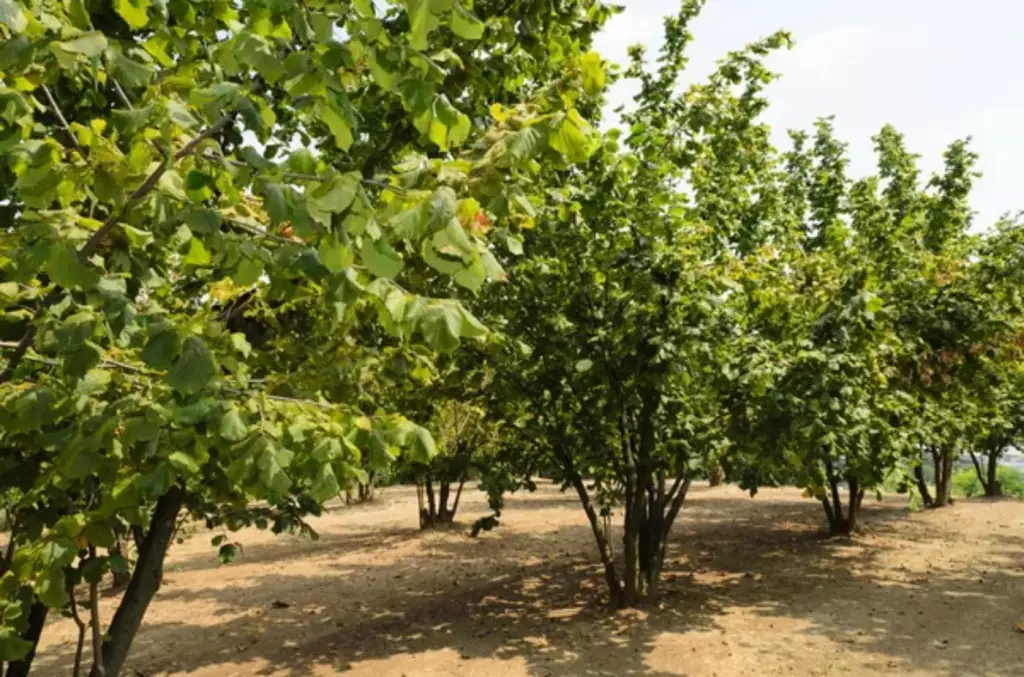
In addition to its disease resistance, the nuts produced by this variety are typically large with a thin shell, making them desirable for both fresh consumption and processing. The high nut quality of the Barcelona variety contributes to its market appeal and potential for profitability.
Ennis is a popular choice for commercial and home orchards
Similar to Barcelona, Ennis hazelnuts also have an estimated yield of 2,000-3,000 lbs per acre. They are often used for both commercial and home orchards due to their high-quality nuts.
The Ennis hazelnut variety is also known for its disease resistance and high nut quality, making it a popular choice among hazelnut growers.
The nuts produced by the Ennis variety are typically large in size with a high kernel percentage, making them desirable for both fresh market sales and processing into value-added products such as hazelnut oil, flour, and confections.
The Lewis variety has an impressive yield potential
Lewis hazelnuts are highly regarded in the agricultural industry for their impressive yield potential. With an estimated yield of 2,500-3,500 lbs per acre, these hazelnuts are known for their large size and high productivity, making them a popular choice among growers.
The high yield potential of Lewis hazelnuts can be attributed to several factors. Firstly, the variety is known for its robust growth and adaptability to a wide range of climates and soil types. This resilience allows for consistent and reliable production, even in less-than-ideal conditions.
Furthermore, Lewis hazelnuts are recognized for their large nut size, which contributes to the overall yield. Larger nuts not only fetch a premium price in the market but also require fewer nuts to meet weight-based yield targets, ultimately leading to higher productivity per acre.
In addition to their size, Lewis hazelnuts are also valued for their favorable flavor profile, making them desirable for both fresh consumption and processing into various value-added products. This versatility adds to their appeal for growers looking to maximize the economic potential of their harvest.
The Jefferson variety is also renowned for its high-yield potential
Tis, also known as Jefferson hazelnuts, is renowned for its high yield potential, making it a popular choice among growers. The estimated yield of 2,500-3,500 lbs per acre makes it a lucrative option for commercial hazelnut cultivation.
This impressive yield can be attributed to several factors:
Firstly, the resistance of Jefferson hazelnuts to eastern filbert blight is a significant advantage. Eastern filbert blight is a devastating disease that affects hazelnut trees, causing significant yield losses.
By being resistant to this disease, Jefferson hazelnuts are able to maintain their productivity and overall yield, making them a reliable choice for hazelnut growers.
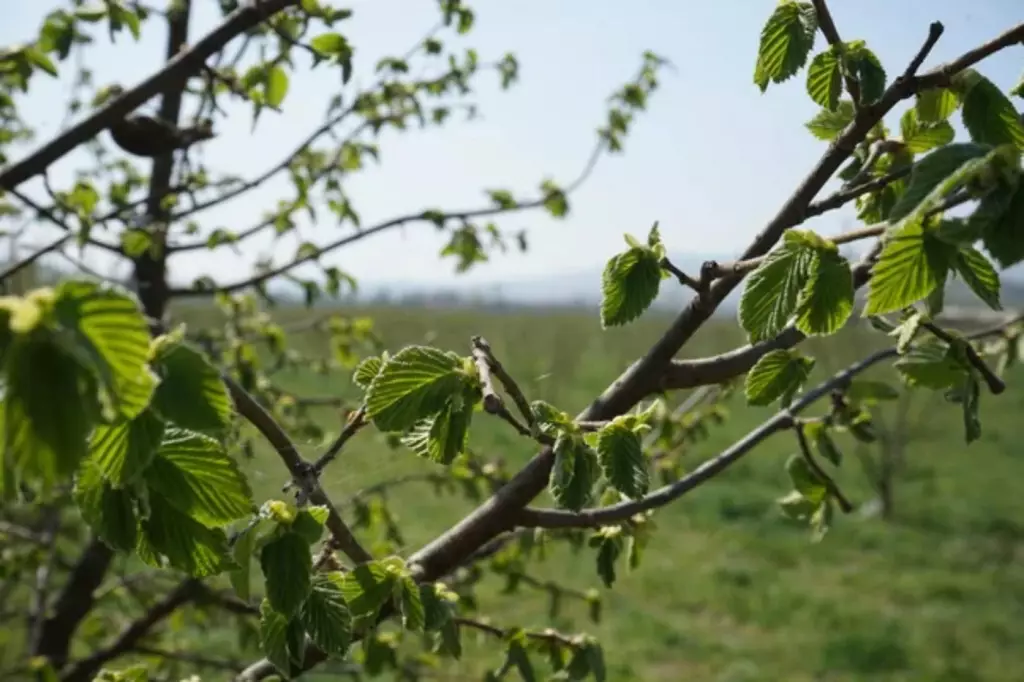
Additionally, the genetic characteristics of the Jefferson hazelnut variety contribute to its high yield. These characteristics may include traits such as vigorous growth, efficient nutrient utilization, and strong reproductive capacity, all of which contribute to the overall productivity of the trees.
Furthermore, the adaptability of Jefferson hazelnuts to a range of growing conditions also plays a role in their high yield potential. This variety is known to thrive in various climates and soil types, allowing for widespread cultivation and maximizing the potential for high yields across different regions.
The Tonda di Giffoni variety produces nuts with exceptional flavor and size
Tonda di Giffoni is a variety of hazelnuts that is highly regarded for their exceptional flavor and size. It is particularly popular in Italy, where it is prized for its culinary qualities.
The estimated yield of Tonda di Giffoni hazelnuts is impressive, ranging from 2,500 to 3,500 pounds per acre.
The hazelnuts from the Tonda di Giffoni variety are known for their rich, nutty flavor and large size, making them a sought-after ingredient in various culinary applications.
They are often used in traditional Italian desserts, confections, and baked goods, adding a delicious and distinctive taste to these dishes.
Due to its excellent flavor and size, Tonda di Giffoni hazelnuts are favored by chefs and home cooks alike for their ability to enhance the taste and texture of a wide range of recipes.
Whether used as a topping for pastries, incorporated into chocolate creations, or simply enjoyed on their own as a nutritious snack, these hazelnuts are highly valued for their quality.
The high yield per acre further adds to the appeal, making them an economically viable crop for farmers. The combination of superior flavor, large size, and a substantial yield makes this hazelnut variety a desirable choice for both culinary and agricultural purposes.
Factors Affecting Hazelnut Yield
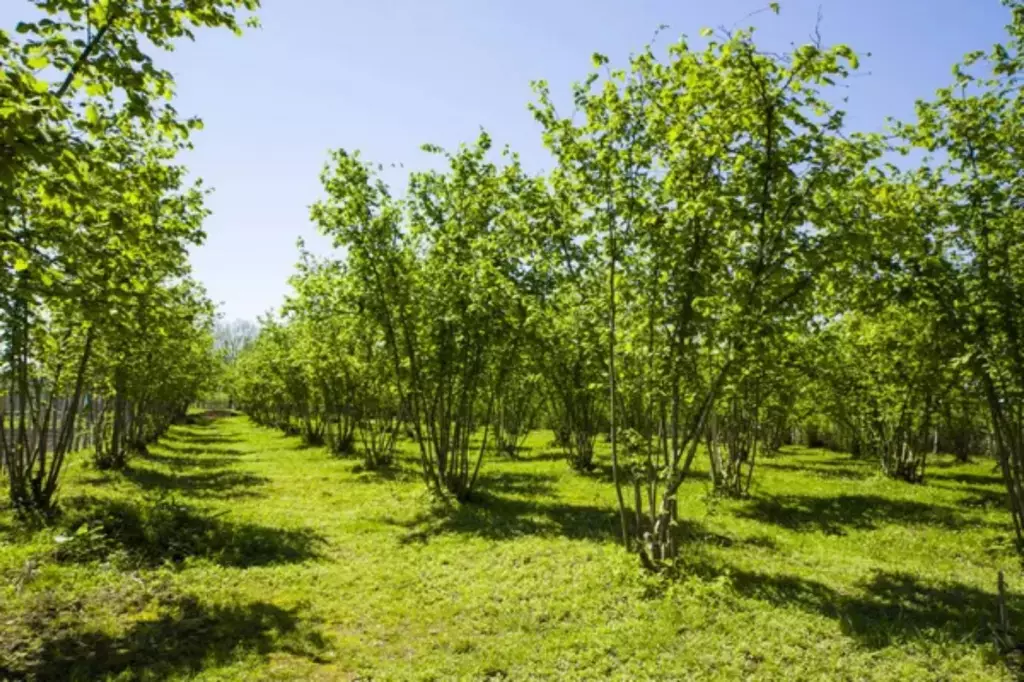
In this discussion, we will explore the intricate web of influences that impact hazelnut yield:
Agricultural practices play a crucial role in hazelnut yield
Below are some of the key practices you should consider when planting hazelnuts to maximize yield per acre:
Efficient soil preparation
Hazelnuts are not picky when it comes to soil types, but they do require well-drained soils. Before planting hazelnut trees, it is recommended to prepare the soil by removing any weeds, rocks, and debris.
You can also add organic matter such as compost to improve soil quality. Hazelnut trees prefer slightly acidic soils with a pH range of 5.5 to 6.5.
Employing unique irrigation techniques
Hazelnut trees do not require much water, but they do need consistent moisture during the growing season. In the northeastern U.S., hazelnut trees can be grown with limited supplemental irrigation.
Drip irrigation is the most efficient way to water hazelnut trees, as it delivers water directly to the root zone.
Use of pesticides and fungicides
Hazelnut trees are generally considered to be a low-input crop, but occasional use of pesticides and fungicides may be necessary to control pests and diseases.
Always follow the label instructions when applying any chemicals to hazelnut trees. Integrated pest management (IPM) practices should be used to minimize the use of chemicals and reduce the impact on the environment.
Hazelnut yield is affected by various environmental factors
Below is a list of diverse environmental factors that impacts hazelnut yield per acre:
The climate in which hazelnuts are grown affects their yield
Hazelnuts grow best in temperate climates with cool summers and mild winters. They are not well-suited to areas with hot, dry summers or cold, harsh winters.
Hazelnuts require a certain amount of chilling hours in order to set fruit, and this can be affected by climate patterns.
Hazelnuts are also affected by weather patterns
Hazelnuts are wind-pollinated, and if there is too much rain or wind during pollination, it can reduce the yield. They are also susceptible to frost damage during their blooming period, which can also impact the yield.
Soil pH is another important factor that affects hazelnut yield
Hazelnuts prefer slightly acidic soils with a pH between 5.5 and 6.5. If the soil is too acidic or too alkaline, it can affect the growth of the trees and the yield of the nuts.
Hazelnuts also help reduce soil erosion, making them a good crop to plant in areas prone to erosion.
Susceptibility to various pests and diseases can significantly impact yield
In this section, we will explore the intricate interplay between pests, diseases, and hazelnut yield:
Managing the Eastern Filbert Blight
One of the most severe diseases affecting hazelnut trees is Eastern Filbert Blight (EFB). This fungal disease is caused by Anisogramma anomala and can cause significant damage to the tree, including branch dieback, cankers, and eventually death. EFB can spread quickly, especially during wet and warm weather conditions.
To manage EFB, monitor your orchard regularly and remove any infected plant material immediately. Additionally, you can use fungicides to prevent or control the disease. However, you need to use the correct fungicide at the right time and in the right amount.
Another effective way to manage EFB is to plant blight-resistant cultivars. These cultivars have been developed to resist EFB and can significantly reduce the impact of the disease on your orchard. Some popular blight-resistant cultivars include Jefferson, Yamhill, and Gamma.
However, note that while blight-resistant cultivars can reduce the impact of EFB, they are not entirely immune to the disease. Therefore, you still need to monitor your orchard regularly and remove any infected plant material immediately.
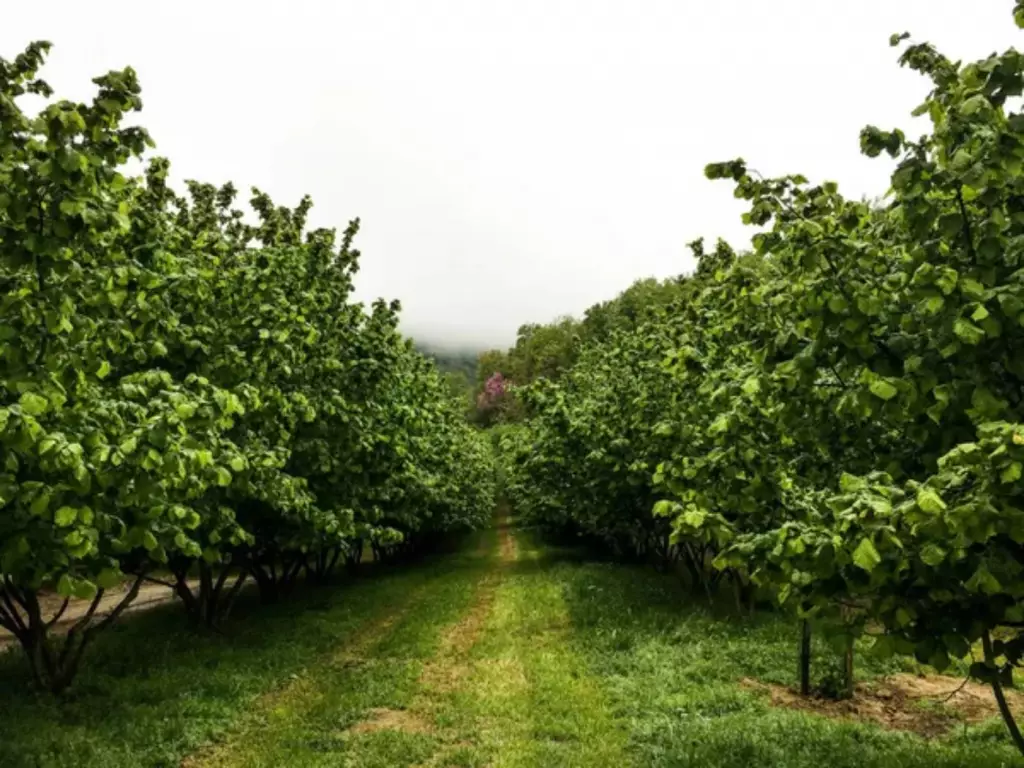
Hazelnut yield also varies with the age of the trees
A newly planted orchard will take several years to mature and start producing nuts. Hazelnut trees have a lifespan of up to 50 years, but their productivity declines as they age.
Hazelnut trees typically start producing nuts at around 3-4 years of age. However, significant production does not occur until the trees reach 7-8 years of age. At this point, the trees are considered mature and can produce nuts for several decades.
The yield of hazelnuts per tree and per acre increases as the trees mature. A young tree may produce between 4 and 6 pounds of nuts per year, while a mature tree can produce up to 22 pounds per year. On average, hazelnut trees produce around 7 pounds of nuts per year.

